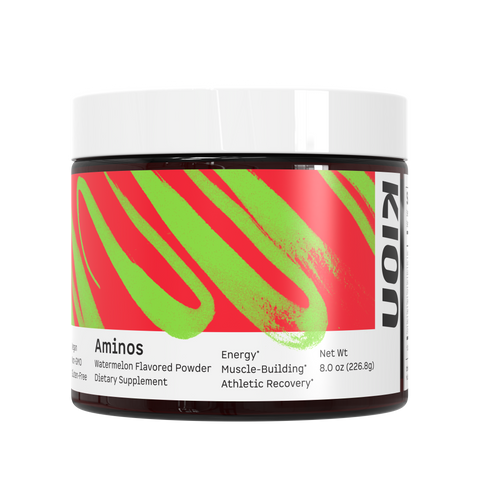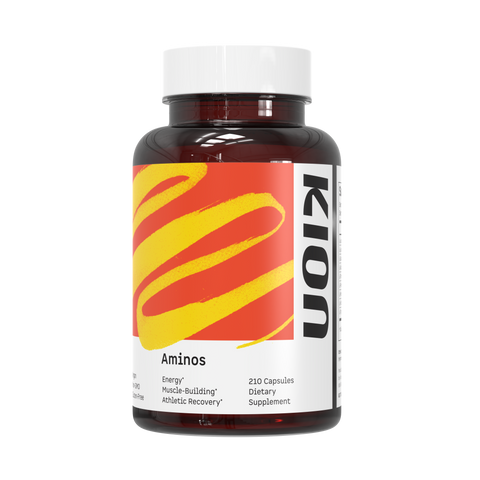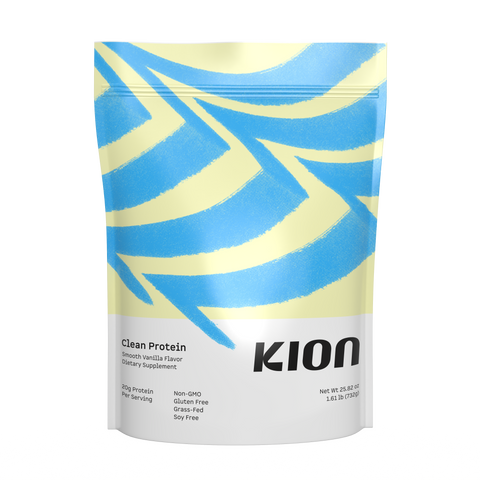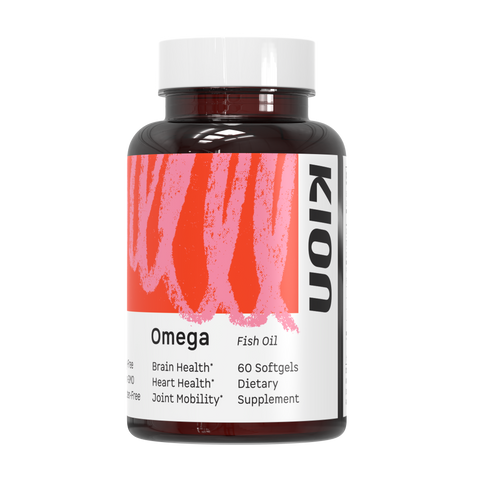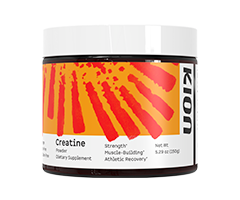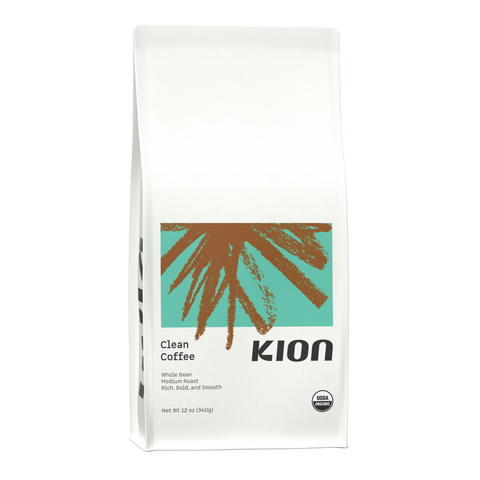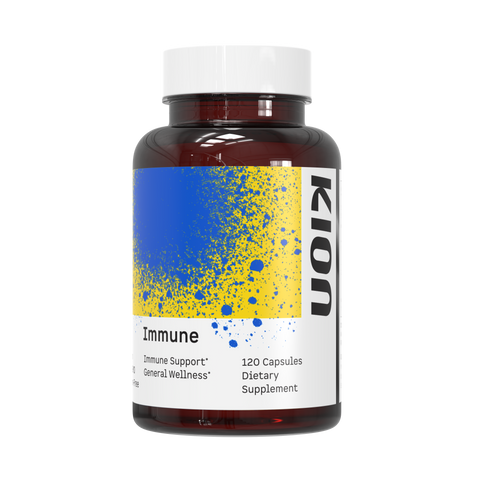Have you ever wondered if you could get more done?
Sometimes the hours roll by and you just can’t seem to buckle down and crank out the day’s tasks. Maybe it’s brain fog, or never-ending distractions, or perhaps just sheer overwhelm from a massive to-do list.
Whether you’re a stay-at-home parent trying to balance keeping your kids happy and your house from burning down, an administrator in a busy office, a rising entrepreneur launching a start-up, or an aspiring novelist who’s got a daily word quota to meet... We've all got things to do, and not enough hours in the day to do them.
And then we watch TV or scroll through social media and see seemingly successful and productive people and wonder what makes them different. Do they have more time in the day? Are they just hiring people to do all their housework? Do they ever see their kids? Or are they just innately gifted with extreme motivation and willpower? While a number of these could be true, more likely than not...
They’ve just learned how to crack the code to their own productivity by establishing healthy habits and routines... Especially in the morning.
OK, that's not as sexy as a secret productivity app, a nootropic stack, or ungodly amounts of caffeine. But the truth is, the right morning habits are key to maximizing your productivity, setting your day up for success, and allowing you to enjoy your non-working hours doing whatever you very well please.
So keep reading to discover three proven tactics to set your day up for productivity perfection.
The Top Routines of Successful People
There have been a lot of successful people over the centuries of human history. If you look into their daily routines, they vary immensely. But one thing they do have in common? They have routines, and they stick to them day after day. For example...
- John Quincy Adams, secretary of state and president, skinny dipped in the Potomac River each morning, always trying to see how long he could swim without touching the bottom (he got up to 80 minutes before his wife told him to stop).
- President Obama always has dinner with his family, then after putting his kids to bed, goes over briefing papers and does paperwork, and then reads a book for pleasure for a half hour before turning in.
- Stephen King writes every single day of the year, without exception, beginning work between 8:00 and 8:30 am. He sits in the same seat with his desk arranged in the same way. King has a daily writing quota of two thousand words and almost never allows himself to quit until he’s reached his goal.
- Mark Zuckerberg, Harvard dropout and founder of Facebook, is well known for almost always wearing a plain gray T-shirt. He said in a 2014 interview that wearing the same shirt helps allow him to make as few decisions as possible.
In fact, you’d be hard-pressed to think of any highly successful person who doesn’t have some kind of relatively structured, and occasionally elaborate, daily routine.
But when it comes to choosing the behaviors and structure of your day, actually implementing them, and then sticking with them long enough until they become your routine… that’s where many of us turn in the towel.
So before we even get into the top tactics, let's talk about how to make your routines a lifelong habit.
How To Create Habits That Stick
A habit is simply a behavior that has been repeated so regularly that it has become automatic. You likely have many habits that you don’t even remember forming, such as brushing your teeth or making your morning coffee.
According to this study, the average time it takes for a habit to become automatic is 66 days, with a range of 18-254 days.
In general, habits have a three-part “loop”: a cue, a behavior, and a reward. The cue, or trigger, is what tells your brain to automate the behavior of the habit. This is all reinforced and repeated by the brain because for some reason the brain likes this particular sequence of events and experiences a reward for it. One MIT study showed that habits can become so ingrained, so automatic, that even if you remove the cue and the reward, the behavior or action remains.
When considering starting new habits or breaking bad habits, it’s important to experiment with the cue and the reward.
As difficult as they can be to develop, there are a number of reasons why habits are so effective and worth taking the trouble to reorganize your time and energy to form. Habitual routines provide structure to your day and eliminate the time and stress required to plan the day ahead. This provides direction to your day so that you can move seamlessly from task to task and instills a sense of ownership.
When thinking about the habits you’d like to develop and how you want your every day to look, it will likely be utility and happiness that drive your decisions. Naturally, when your routine is implemented, you will feel more fulfilled and accomplished and battle less daily stress.
You’ll also be more efficient, which will allow more time for other things in life that make you happy. Like baking sourdough bread. Or knitting. Or binge-watching The Office (hey, we've all done it).
Morning routines are especially helpful because they allow you to prioritize self-care while your willpower and energy are high, and even giving you something reliable to use when you’re traveling or starting your day in unfamiliar places.
The research by Steve Key, a professor of molecular and computational biology at the University of Southern California, shows that “[w]hen it comes to doing cognitive work, most adults perform best in the late morning."
Here, you will discover three morning habits that have been tested for effectiveness and validated by science to set you up for a successful day.
3 Morning Habits for a More Productive Day
Morning Habit 1: Breathe
The first thing you should do when you wake up is… stay in bed!
Rather than immediately reaching for your phone, jumping into emails, or even throwing on running shoes, the key to a successful day is to calm the mind and the nervous system. Breathwork is one of the most effective ways to activate your parasympathetic nervous system (PNS). When the PNS is activated, we're less anxious and stressed out, more focused, and more creative. All good ingredients for major productivity, right?
The good news is, you can do a breathing routine from the comfort of your own bed, still in your jammies and all. There are many ways to practice breathwork, and what works for each individual person will vary. However, simple belly breathing is a technique most of use can do first thing in the morning - even without that first cup of coffee.
- Sit or lay comfortably with your back straight.
- Place one hand over your stomach, just below the ribcage, and your other hand over your chest.
- Inhale deeply for 3-8 seconds through the nostrils, directing all air to your belly. Only your stomach should lift or expand, not your chest.
- Breathe out through your mouth for 3-8 seconds.
- Repeat 3-10 times.
You can also combine your breathwork with a meditation practice, prayer, or an affirmation for the day. Some examples of productivity affirmations include "I have endless energy to achieve my goals", "I will do everything I need to do today", or "I will conquer this day with a graceful heart and productive mind."
Morning Habit 2: Move
The second habit of a successful morning is some light movement.
Movement in the morning will help get your blood flowing to wake up your body and mind. The goal of this morning movement is not a stressful, exhausting workout, but rather a light to moderate intensity workout focusing on natural movement that you enjoy. This will create positive momentum for engaging in healthy habits throughout your entire day.
Some of the best ways to move first thing in the morning include:
- Yoga
- Qi-gong
- Light stretching
- Walking in the sunshine
- A light bike ride or swim
If the weather permits, doing your morning movement outside is a great way to level-up your health and prepare your body for a productive day. Exposure to sunlight or blue light in the morning is highly important for setting and maintaining an optimal circadian rhythm, supporting optimal brain function, hormone production, metabolism, brain function, sleep patterns, and much more. When you get sunlight first thing in the morning, you're giving your body the signal that it's daytime. As a result, you'll likely have more energy and focus for the rest of the day.
Even if it isn't sunny and 70 degrees outside, don't shy away from the cold. It has benefits, too! Cold thermogenesis increases brown fat activity and calorie expenditure, increases levels of adiponectin, a protein that helps prevent inflammation and regulate blood glucose levels, strengthens the immune system, helps strengthen the nervous system and stress response, and so much more. Getting cold exposure in the morning, whether it's from cold water or being out in cold weather, is also just a great way to give your brain and body that 'kick in the pants' it needs to crush the day!
Ideally, your morning movement doesn't need to be the main workout of your day. It should simply just be light, easy movement to get your blood flowing. If you can, save your cortisol-spiking, hard workouts for the afternoon when your body and nervous system are more primed to perform.
Morning Habit 3: Write
Writing is a great way to set intentions for the day, create daily objectives, reflect on yesterday's accomplishments, or simply process through emotions.
Our friend Tim Ferris puts it another way:
"Could bitching and moaning on paper for five minutes each morning change your life? As crazy as it might seem, I believe the answer is yes."
How you choose to approach your morning writing routine is completely up to you. There are many different methods, including:
- Stream of thought: You write down whatever thoughts and feelings flow into your mind, no filters or editing.
- Setting daily priorities: Write down 1-3 priorities of what you want to work on or accomplish that day.
- Gratitude journaling: List 3 things you're grateful for.
Gratitude journaling is one of our favorites. It can not only set your day up for success, but it also provides a number of health benefits, including reduced inflammatory markers, improvements to mood and mental health, and better sleep.
Here are a few other tips to make the most of your morning writing routine:
- Use paper. It's not very often we get to write away from a screen, so take this opportunity to do so! Physical writing has also been shown to have more positive results than typing or texting on a device, such as improved creativity and learning. So splurge on a beautiful journal and an awesome pen (you know, that one you're always stealing from your co-worker).
- Set aside time to write. You may have to "schedule" time in your morning to fit in your writing routine. How long you write depends on what method you're using, but shoot for at least 10 minutes.
- Keep your journal and pen on your table in plain sight. Or wherever you write every morning. This will trigger your brain to remember your practice, making it easier to form into a habit.
- A hot cup of coffee makes writing more enjoyable. Enough said.
Summary
Your morning can make or break your day. If you're able to craft a morning routine that nourishes your mind, body, and spirit, you're sure to have a more productive, successful day.
- When you wake up, before you check your phone or get out of bed, spend 3-5 minutes doing breathwork.
- Do 15-20 minutes of light movement (ideally outside) to get your blood flowing on your body primed.
- After making a cup of coffee or tea, sit down to do some journaling and set an intention for your day.
After a magical morning like that, you'll be ready to crush anything the day throws at you!



